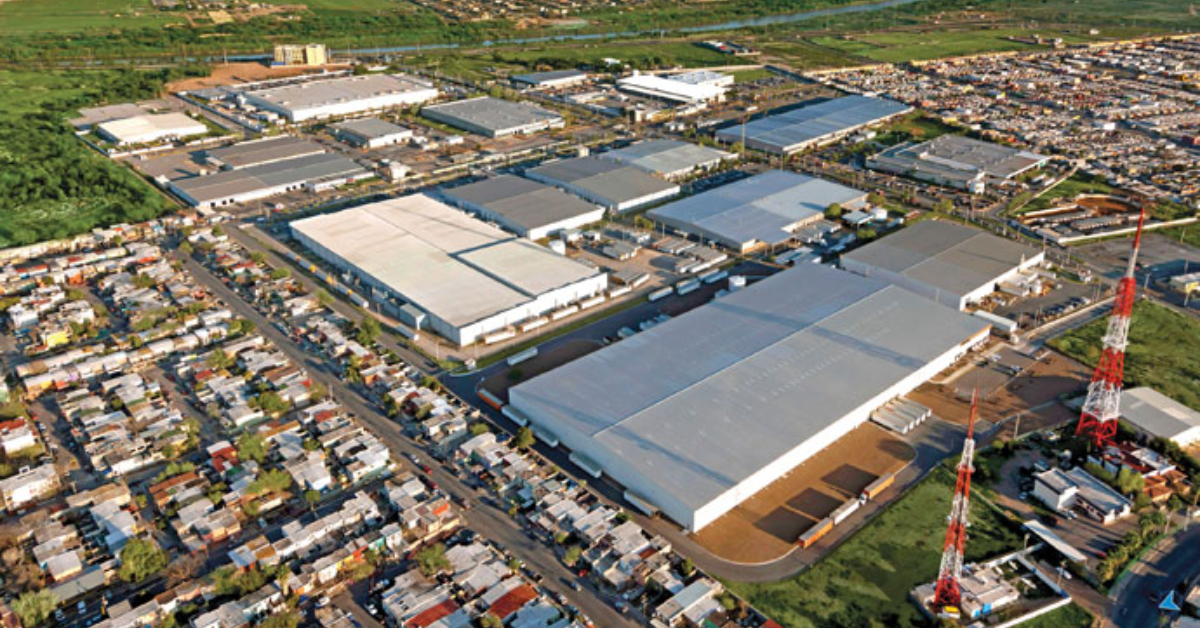In 2023, Mexico reported a modest increase in Foreign Direct Investment (FDI), achieving a growth of 2.2 percent to reach a total of $36.058 billion (USD), according to preliminary figures released by the Ministry of Economy. This growth marks a historic high in the statistical series for the country. However, the expansion rate did not meet the forecasts projected by international bodies and economic specialists.
Contrasting with the Ministry’s announcement, the United Nations Conference on Trade and Development (UNCTAD) had anticipated a more robust growth of 21 percent, which would position the FDI at approximately $43.9 billion. Furthermore, a survey conducted by the Bank of Mexico (Banxico), involving 25 economists, projected an average expectation of FDI reaching around $38 billion, with some estimates extending up to $45.5 billion.
Janneth Quiroz Zamora, the director of Economic, Exchange, and Stock Market Analysis at Monex, expressed that the actual FDI figure fell slightly below their estimate of $37 billion. John Soldevilla, general director of ECOBI, highlighted that despite the nominal historical record of FDI, the relative performance was disappointing. The FDI accounted for only 2.0 percent of Mexico’s GDP in 2023, marking a decline from 2.7 percent in 2018. Soldevilla noted, “Although the Ministry of Economy emphasizes the historical record of FDI, in reality, these are not good figures and are even somewhat disappointing. We should already be seeing material results from nearshoring. Apparently, this is not happening.”
The majority of the FDI growth was driven by the reinvestment of profits, which constituted 74 percent of the total investment. This was followed by loans and payments between companies of the same corporate group (13 percent), and the entry of new foreign investors or companies into Mexico (13 percent). Quiroz Zamora pointed out that the significant share of reinvested earnings has been consistent over several quarters, indicating companies’ intentions to expand their existing productive capacity in the country, especially in established sectors.
Despite government efforts to promote the southeastern states as investment hubs, the northern states and Mexico City (CDMX) continued to attract over half of the FDI. The capital alone accounted for 31 percent of the FDI, with Sonora and Nuevo León following at 8 and 7 percent, respectively.
Gabriela Siller, director of economic analysis at Banco Base, commented on the missed opportunity for capitalizing on nearshoring, stating, “The nearshoring opportunity amounts to more than $300 billion, and although this new investment that came in is good, we are not taking advantage of even 10 percent.”
The manufacturing sector attracted half of the FDI, with significant investments in transportation equipment, beverage and tobacco industries, metals, and computer equipment, underscoring its pivotal role in Mexico’s economic landscape.
In 2023, Mexico reported a modest increase in Foreign Direct Investment (FDI), achieving a growth of 2.2 percent to reach a total of $36.058 billion (USD), according to preliminary figures released by the Ministry of Economy. This growth marks a historic high in the statistical series for the country. However, the expansion rate did not meet the forecasts projected by international bodies and economic specialists.












